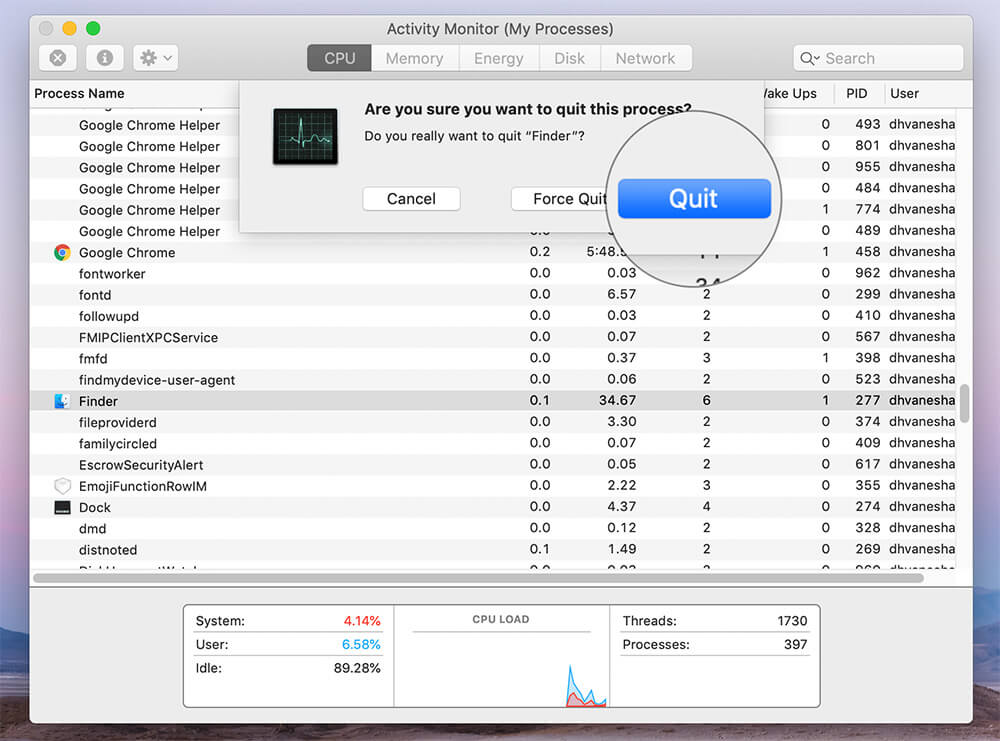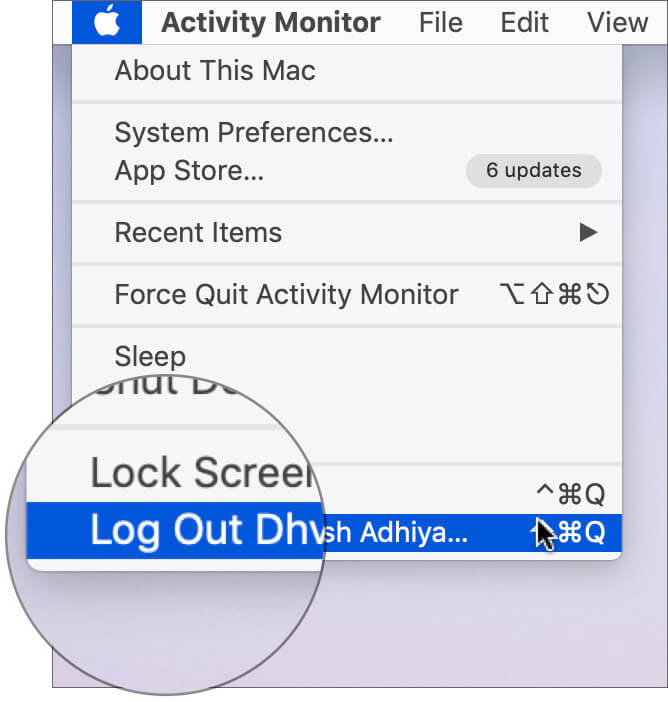
FaceTime Like a Pro
Get our exclusive Ultimate FaceTime Guide 📚 — absolutely FREE when you sign up for our newsletter below.

FaceTime Like a Pro
Get our exclusive Ultimate FaceTime Guide 📚 — absolutely FREE when you sign up for our newsletter below.
When it comes to file management and navigation, Finder is where we all go. But imagine if Mac Finder didn’t respond to any of the commands you give it.
It would undoubtedly hurt your productivity as you cannot do anything without it. Thankfully, there are a few possible solutions to fix the issue. Let’s take a look!
The first method to get your Finder back is to quit it forcefully and then see if it starts up normally again.

Doing this will force quit the Finder and then relaunch it. If things are executed as planned, you may have a fully functional Finder at your disposal. But if it doesn’t turn out as expected, keep reading.
If that method worked for you, feel free to get back to your business. Otherwise, keep reading!
Another way to force quit Finder is by launching the Activity Monitor app on Mac.


You’ll notice Finder removed from the list of running processes. Ideally, this should do the trick. But just in case it doesn’t help either, you may need to follow a more involved route.
If none of the fixes above seems to help, try logging out and back into your Mac. This kills all running processes and starts them back up when you log in. Make sure you log out rather than just locking your Mac.
To log out from your Mac, click the Apple logo and then click the last option, Log Out.

If that doesn’t help, try restarting your Mac and see if you’ve got it working. If that doesn’t help, there’s one last trick that could help you out.
The command line is a powerful tool to get things done when everything else fails. Maybe the Finder plist file is corrupted and needs to be deleted. But as Finder itself isn’t working, there’s no way we can navigate to the path and remove it using the UI. So we’ll need to use the Terminal.
If all else fails, you may need to reinstall Mac OS X to repair any corrupt system files.
Wrapping up…
Most of the time, a simple force quit and relaunch brings Finder back to life. If it takes more than a restart or two to get things back to normal, it’s most likely an issue of corrupted system files.
If you know of any other fix to resolve the issue, let us know in the comments and we’ll update the post.
Related articles: